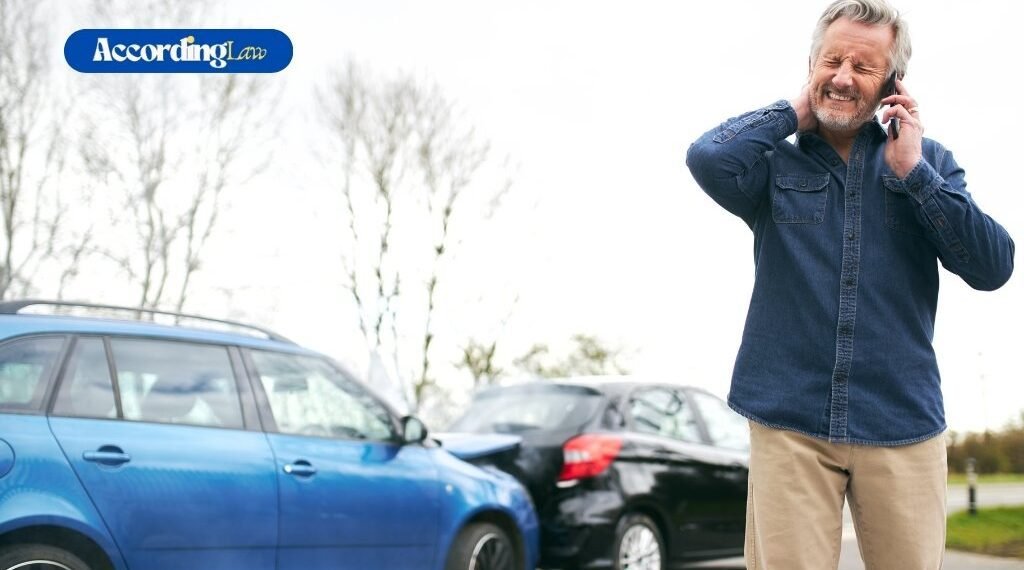People slip and fall too frequently at lively waterfront dining spots throughout New York. Imagine savoring dinner with waves in sight, only for a greasy floor to knock you down. Who covers your medical costs? Premises liability rules in New York hold property owners or operators responsible for safe conditions. A simple leak or bad runoff close to the shore can transform a fun evening into serious trouble. We explore the regulations here, highlight dangers specific to these places, and outline ways to safeguard your claims.
Table of Contents
Core Rules of Premises Liability in New York
Owners of property in New York must create secure settings for guests. They identify threats, repair them, or post alerts at minimum. Diners qualify as invitees, so proprietors provide the highest standard of protection. This involves frequent scans for problems and swift fixes to avoid accidents.
You establish negligence in a slip and fall lawsuit by showing these elements:
Judges throw out lawsuits if plaintiffs fail to identify the precise reason for the slip. Restaurants commonly deal with liquids on the ground, messy areas, or faint lights that conceal perils.
Extra Hazards at Shoreline Dining Locations
Places by the water introduce additional threats. Spots like Emmons Avenue in Sheepshead Bay attract visitors to fish houses and terraces facing the water. Humidity seeps in from various sources, drips off cooling units onto tiles, sprays from the sea, or storms collecting on open platforms. Broken pavement, clogged pipes, and frozen areas during cold months worsen matters. Proprietors address these directly, maybe through rugs, notices, or improved maintenance.
New York handles these establishments like standard businesses, yet the environment calls for greater alertness. Employees could wipe surfaces amid peak times without guards, or disregard rain making trails slick. Neglect points liability at the eatery boss, the building owner, or a rental company if leased.
Typical Situations and Responsible Parties
Suppose you slide on a water pool by the door after a drizzle, the spot should have displayed signs or mopped it fast. Or envision stumbling over a warped deck plank softened by steady dampness. Owners usually shoulder fault in these scenarios for skipping routine reviews.
Owners raise counterarguments sometimes. They contend the danger stood out plainly, like an evident puddle you could dodge. Or they say you contributed, perhaps with the wrong footwear. New York applies shared fault rules, allowing partial recovery even if you bear some responsibility, just lowered by your share.
Earlier lawsuits reveal trends. Injured parties succeed by demonstrating ignored repeated gripes about greasy surfaces, or safety checks noting flow problems prior to the event. Collecting facts soon shifts momentum.
Assembling a Solid Claim: Proof Counts
Move quickly post-incident. Capture images of the area, your footwear, and wounds immediately. Inform the supervisor and demand a report form, push for your duplicate. Locate bystanders for accounts; their descriptions verify the peril’s duration.
Get doctor care right away. Physician records connect your discomfort to the occurrence. Probe official files as well: Review city hygiene reports or structure grievances for earlier troubles at the venue. Such elements form a sharp image of carelessness.
An experienced attorney assists in examining contracts or coverage to identify every accountable group. Plaintiffs file suits within three years of the harm, though beginning early protects details.
Wrapping Up
Shoreline eateries bring appeal, but overlooked safety can wreck well-being. New York statutes make owners answerable when oversight leads to your fall. Avoid carrying the load solo, health charges, and missed pay pile on rapidly. Consult an injury specialist for advice tailored to your experience.


